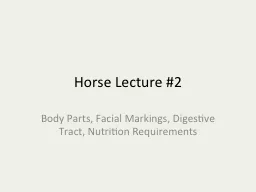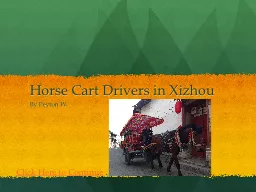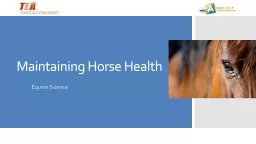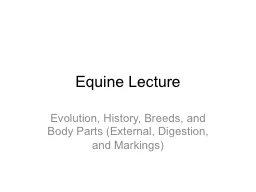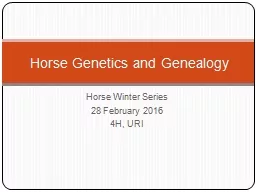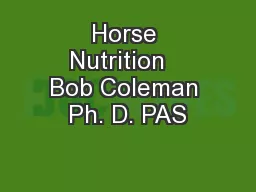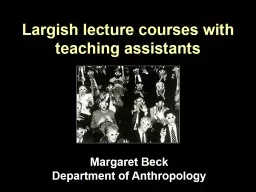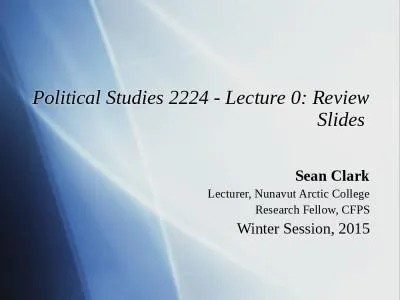PPT-Horse Lecture #2
Author : calandra-battersby | Published Date : 2017-06-10
Body Parts Facial Markings Digestive Tract Nutrition Requirements Body Parts Poll Withers Croup Muzzle Latch Stifle Hock Cannon Hoof Coronet Fetlock Pastern FACIAL
Presentation Embed Code
Download Presentation
Download Presentation The PPT/PDF document "Horse Lecture #2" is the property of its rightful owner. Permission is granted to download and print the materials on this website for personal, non-commercial use only, and to display it on your personal computer provided you do not modify the materials and that you retain all copyright notices contained in the materials. By downloading content from our website, you accept the terms of this agreement.
Horse Lecture #2: Transcript
Download Rules Of Document
"Horse Lecture #2"The content belongs to its owner. You may download and print it for personal use, without modification, and keep all copyright notices. By downloading, you agree to these terms.
Related Documents

